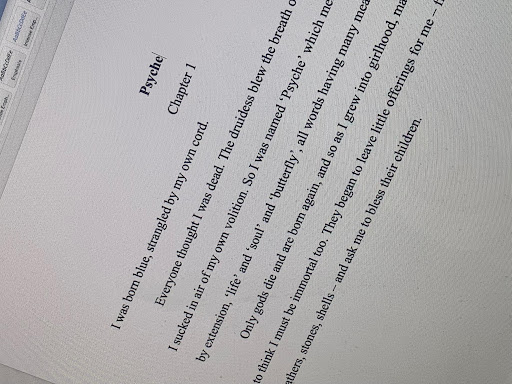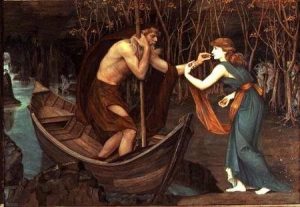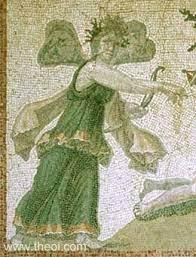
I am very excited to be able to announce I have begun a new novel!
It’s a retelling of the ancient myth of Psyche, a haunting tale of love and loss and redemption which follows a young woman’s journey to the underworld and back as she seeks to atone for her betrayal of her beloved. The story of ‘Cupid & Psyche’ has been told for more than eight thousand years. I hope to infuse it with new life as a life-affirming celebration of feminine desire, strength and disobedience.
In brief, the myth centres on a young woman named Psyche who was so beautiful that people compared her to Venus, the goddess of love. The goddess was angered and sent her son Cupid to punish Psyche by pricking her with one of his arrows. But Psyche woke and looked at him, and he was so startled that he pierced himself with his own arrow and was overcome with longing for her.
Cupid contrived to have Pysche brought to him as his bride but told her that she must never look at his face, coming to her only under the cover of darkness.
Psyche’s sisters persuade her to light a lamp and look upon him. Psyche leans too close in her ardour, and a drop of burning oil falls upon his skin. The young god had never before felt pain. He flees from her, and Psyche realises that she has lost everything. She begs for help from Aphrodite, who sets her three impossible tasks. Psyche fulfils the three tasks but then is given a final quest that is truly impossible. Aphrodite tells Psyche that she must fetch beauty from Persephone, Queen of the Underworld. This means Psyche must die.
So she climbs to the top of a tower and is about to throw herself down when the wind speaks to her. She is told the secret of travelling to the Underworld, and how to prevail upon Charon, the ferryman of the dead, to take her across the black waters of the Styx. Psyche summons all her courage and sets out on her dark and dangerous journey into the land of the dead. However, the box she is given does not contain beauty; it contains infernal sleep. She looks within and is struck down into a cursed sleep. Only then, having risked everything for love, does Psyche find her true destiny. Cupid finds her and forgives her, and kisses her so she can live again.

It was first written down by the author Lucius Apuleius in Metamorphoses, but appears in ancient Roman art from the 6th century BCE, with Psyche usually distinguished by butterfly wings, since the word ‘psyche’, in ancient Greek, means ‘the breath of life’ or ‘soul’, as well as ‘butterfly’.

I have been fascinated by the story of Psyche since I read Till We Have Faces by C.S. Lewis when I was a child. I’ve written before about my discovery of this little-known novel by the author of my beloved Narnia books HERE.
I first read it when I was about twelve, and spending the summer holidays with my great-aunts. I was lying on the floor in their living-room, looking through their bookshelves, and saw a book with the name of my favourite author on the spine. I grabbed it at once, and took it outside to read in the shade of my great-aunts’ frangipani tree. The book was, of course, Till We Have Faces: A Myth Retold by C.S. Lewis – but it was very different from his Narnia books.
The very first line both startled me and intrigued me:
I am old now and have not much to fear from the anger of gods.
Reading C. S. Lewis’s retelling of this ancient story of love and loss was a key moment for me, beginning my love of mythic retellings. ‘Cupid & Psyche is the root of many of my favourite fairy tales, such as ‘Beauty and the Beast’, ‘The Singing, Springing Lark’ and ‘West of the Sun, East of the Moon’.
I have already begun writing it!

